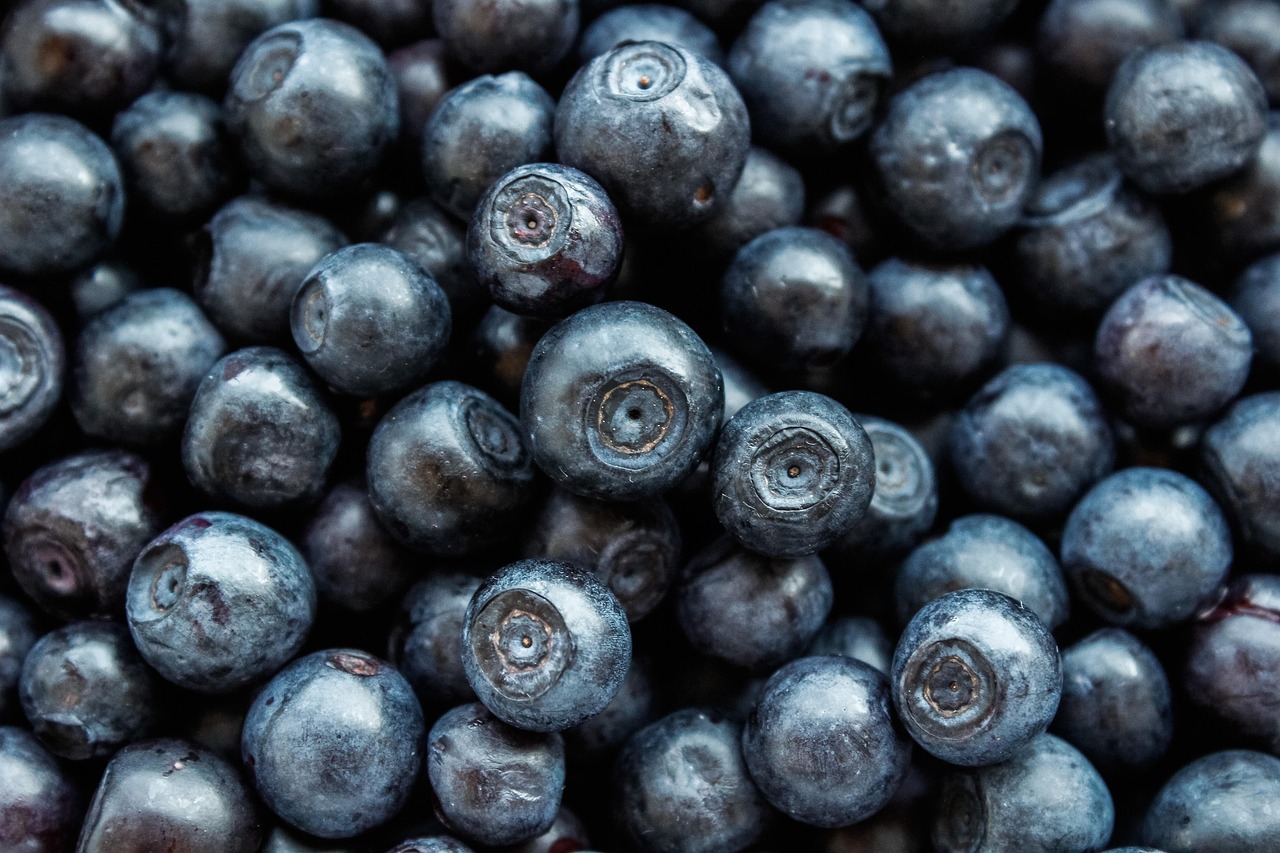Discovering the Health Potential of Purple Foods: The Power of Anthocyanins
Have you ever wondered why the color purple is often associated with royalty, luxury, and power? The answer may lie in the world of health and nutrition, where purple foods are recognized for their potent health benefits. Biologically, the color purple in fruits and vegetables is due to the presence of anthocyanins, a type of flavonoid with powerful antioxidant properties. Anthocyanins were discovered in the 19th century, but it was only in the past few decades that their potential health benefits began to be studied in depth.

The Surge of Anthocyanin Research
Today, the scientific interest in anthocyanins is stronger than ever. Numerous studies have linked anthocyanin consumption to a decrease in chronic diseases like heart disease and diabetes. Moreover, they have been associated with improved visual and brain health, enhanced immune function, and potential cancer-preventive properties.
The Power and Pitfalls of Purple Foods
While the health benefits of anthocyanins are promising, it’s important to note that not all purple foods are created equal. For instance, the anthocyanin content can vary greatly depending on the specific food type, its ripeness, and the way it’s cooked. Furthermore, the bioavailability of anthocyanins—their ability to be absorbed and utilized by our body—is relatively low compared to other antioxidants.
Anthocyanins: The Verdict from Science
Despite these challenges, the consensus among scientists is that incorporating purple foods into our diet can be a valuable part of a balanced, health-supporting nutritional strategy. Their antioxidant capacity alone makes them a worthy addition to our plates, but their potential disease-fighting properties make them a superfood worth considering.
Digesting the Facts: Health Tips and Insights
- To maximize the health benefits of anthocyanins, aim for a variety of purple foods in your diet. This can include purple cabbage, eggplant, blackberries, blueberries, and purple grapes.
- Cooking can degrade anthocyanins. To retain the maximum health benefits, try to consume purple fruits and vegetables raw when possible.
- If you’re interested in supplements, consult with a healthcare provider. While anthocyanin supplements can provide a concentrated dose, they should not replace a balanced diet.
To sum up, the royal color of purple packs a powerful health punch in the form of anthocyanins. By including a variety of purple foods in our diet, we can potentially reap a wealth of health benefits, from powerful antioxidant protection to the reduction of chronic disease risk. As always, balance and variety are key, so aim to incorporate these vibrant foods into a diet that’s already rich in a rainbow of fruits and vegetables. Let’s embrace the power of purple and enrich our health, one bite at a time.




